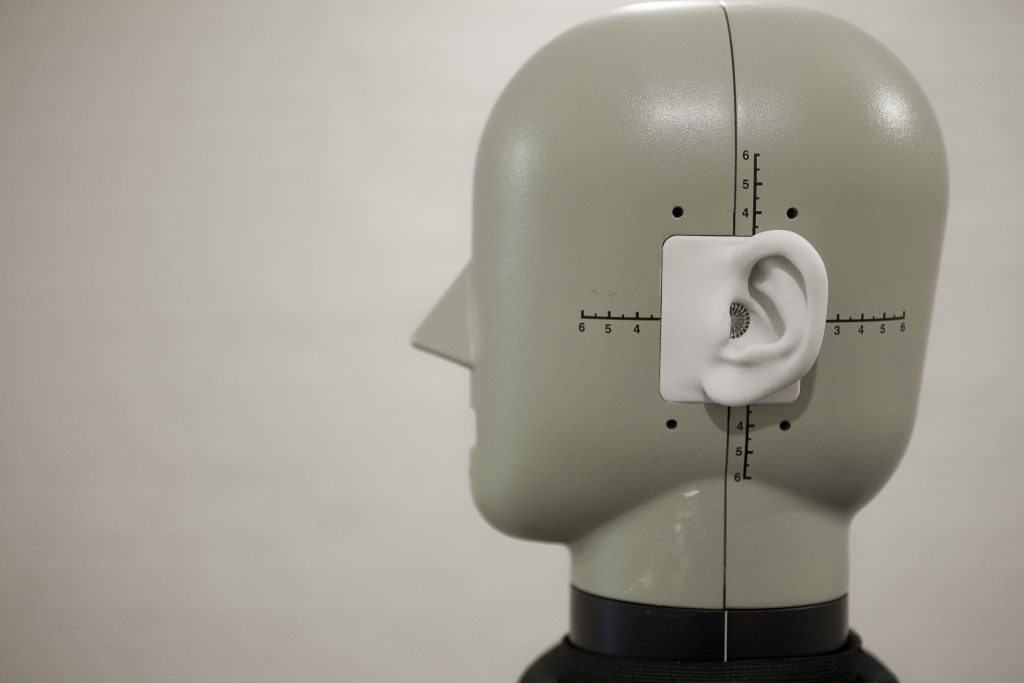Assessment methods
The project implemented certain aspects of sound quality assessment based on the stakeholder requirements. It became clear that simple to use methods were needed, as was an emphasis on knowledge transfer. For those well educated in acoustics, there are several commercial systems available for sound quality testing, and so replicating that was wasteful. What was needed was to produce simple-to-use methodologies and to address those with less acoustic knowledge. The sound quality assessment was a mixed approach of subjective testing using juries and objective assessment using metrics. The aim was to draw up good practice guides for both these types of assessments.
Jury testing
Asking customer’s opinions of products is a cornerstone of sound quality testing. However, this has to be done with extreme care to prevent results being biased. A major technical problem centre around context – the assessment of sound quality is very dependent on the context, for instance the expectation and emotional state of the listener. As it is impossible to remove contextual influences, the aim in drawing up a jury testing regime is to reduce and define the uncertainties introduced by the assessment regimes. It is also imperative that appropriate statistical analysis is carried out, otherwise you risk drawing incorrect conclusions from the data.
Guide to jury testing
Objective assessment
While Jury testing evaluates the opinion of the user directly, it is time consuming to carry out if done many times. For this reasons, acoustic engineers like to draw up metrics that directly relate to the subjective response. The most common example is the decibel, which is used to evaluate the loudness of sounds (in fact there is a better objective measure for loudness which is called loudness). There are a wide variety of metrics in use for sound quality testing and you can read about them in the linked pages. Once you have established appropriate metrics, this means that quick an easy measurements of sound quality can be made using dedicated instruments. However, it can sometimes be difficult (if not impossible) to define appropriate metrics.
